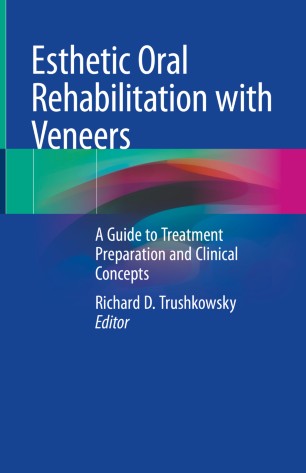Springer Nature Switzerland AG 2020
 “This book offers readers a valuable overview of recent advances in biomedical engineering, as applied to the modern dentistry. It begins by studying the biomaterials in dentistry, and materials used intraoperatively during oral and maxillofacial surgery procedures. Next, it considers the subjects in which biomedical engineers can be influential, such as 3-dimensional (3D) imaging, laser and photobiomodulation, surface modification of dental implants, and bioreactors. Hard and soft tissue engineerings in dentistry are discussed, and some specific and essential methods such as 3D-printing are elaborated. Presenting particular clinical functions of regenerative dentistry and tissue engineering in treatment of oral and maxillofacial soft tissues is the subject of a separate chapter. Challenges in the rehabilitation handling of large and localized oral and maxillofacial defects is a severe issue in dentistry, which are considered to understand how bioengineers help with treatment methods in this regard." From publisher’s website
“This book offers readers a valuable overview of recent advances in biomedical engineering, as applied to the modern dentistry. It begins by studying the biomaterials in dentistry, and materials used intraoperatively during oral and maxillofacial surgery procedures. Next, it considers the subjects in which biomedical engineers can be influential, such as 3-dimensional (3D) imaging, laser and photobiomodulation, surface modification of dental implants, and bioreactors. Hard and soft tissue engineerings in dentistry are discussed, and some specific and essential methods such as 3D-printing are elaborated. Presenting particular clinical functions of regenerative dentistry and tissue engineering in treatment of oral and maxillofacial soft tissues is the subject of a separate chapter. Challenges in the rehabilitation handling of large and localized oral and maxillofacial defects is a severe issue in dentistry, which are considered to understand how bioengineers help with treatment methods in this regard." From publisher’s website
Springer Nature Switzerland AG 2020
 “This updated second edition of a successful book provides essential, internationally applicable information in the area of bone and joint pathology with emphasis on practical diagnostic aspects, including many illustrations: roentgenograms, CT-scans, MRI, scintigraphies, as well as pictures of gross surgical specimens and microphotographs, immunohistochemical reactions and genomics. Information on histopathological and molecular diagnosis, and basic therapeutic guidelines are provided.
“This updated second edition of a successful book provides essential, internationally applicable information in the area of bone and joint pathology with emphasis on practical diagnostic aspects, including many illustrations: roentgenograms, CT-scans, MRI, scintigraphies, as well as pictures of gross surgical specimens and microphotographs, immunohistochemical reactions and genomics. Information on histopathological and molecular diagnosis, and basic therapeutic guidelines are provided. This book offers generous coverage of epidemiology, clinical features, radiology, pathology, differential diagnosis, prognosis and treatment, not only for common lesions, but also for those less frequently encountered, including lesions of joints. The content is arranged based on the World Health Organization’s Consensus Classification, with the addition of other lesions not included therein." From publisher’s website
Springer Nature Switzerland AG 2020
 “This comprehensive, evidence-based textbook presents the latest knowledge on bad breath, describing insights from basic research and offering expert guidance on current approaches to diagnosis and treatment. The new edition has been thoroughly updated to take account of recent advances in understanding. The opening chapters examine in detail the origins of bad breath, including from the nose and pharynx. Microbial and biochemical aspects are fully explained, and information is also provided on odor perception. The clinically focused chapters cover all forms of laboratory measurement of breath odors, chairside diagnostic techniques, and the full range of available treatment options. The value of self-administered questionnaires in assessing bad breath is discussed, and attention is paid to the problem in specific population groups and to psychological aspects. Finally, future prospects are reviewed. The authors draw on more than forty years of combined experience in the field, both in the laboratory and as consultants to thousands of patients. The book will be of interest to all dentists as well as ENT specialists and family physicians.” From publisher’s website
“This comprehensive, evidence-based textbook presents the latest knowledge on bad breath, describing insights from basic research and offering expert guidance on current approaches to diagnosis and treatment. The new edition has been thoroughly updated to take account of recent advances in understanding. The opening chapters examine in detail the origins of bad breath, including from the nose and pharynx. Microbial and biochemical aspects are fully explained, and information is also provided on odor perception. The clinically focused chapters cover all forms of laboratory measurement of breath odors, chairside diagnostic techniques, and the full range of available treatment options. The value of self-administered questionnaires in assessing bad breath is discussed, and attention is paid to the problem in specific population groups and to psychological aspects. Finally, future prospects are reviewed. The authors draw on more than forty years of combined experience in the field, both in the laboratory and as consultants to thousands of patients. The book will be of interest to all dentists as well as ENT specialists and family physicians.” From publisher’s website


